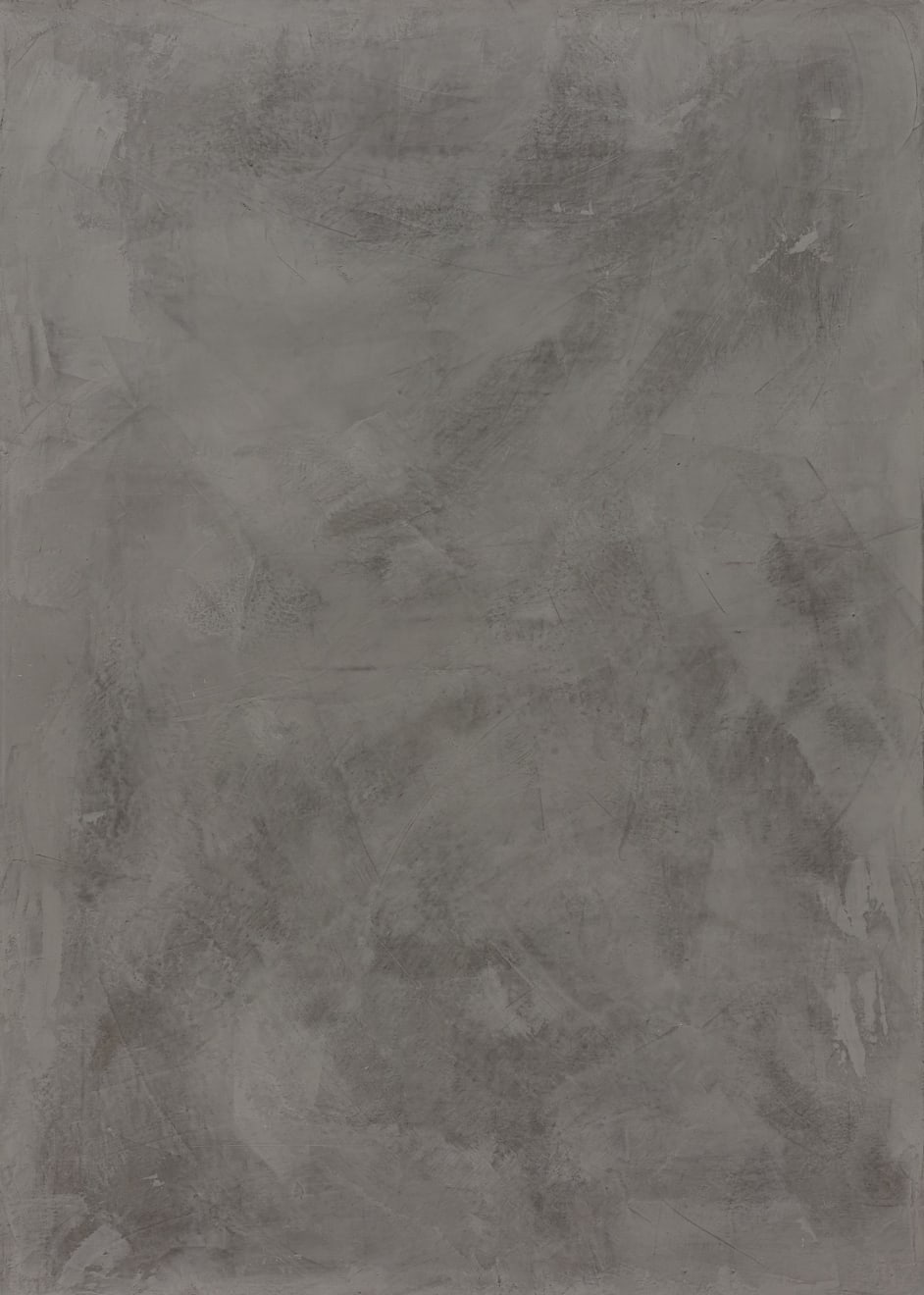ABRE ALAS #17
Ana Hortides, Cimento queimado, 2021
cimento e resina acrílica sobre tela [cement and acrylic resin on screen]
70 x 50 cm
[27 1/2 x 19 3/4 in]
1 kg
[27 1/2 x 19 3/4 in]
1 kg
Mais imagens
Ana Hortides, Rio de Janeiro, 1989. Visual artist and researcher. PhD student in Arts at UERJ, Master in Contemporary Studies of Arts at UFF (2016), in which she graduated in...
Ana Hortides, Rio de Janeiro, 1989. Visual artist and researcher. PhD student in Arts at UERJ, Master in Contemporary Studies of Arts at UFF (2016), in which she graduated in Cultural Production (2012). Her work is part of the collections of the Museu de Arte do Rio, the Museu de Arte de Britânia, in Goiás and of the Acervo Rotativo, in São Paulo. Artist nominated for the PIPA Prize 2021, awarded at the 36th Arts Salon of Jacarezinho, PR (2021) and scholarship holder of the Formação e Deformação (Training and Deformation Program) at EAV Parque Lage (2021). Among the exhibitions she has participated in, the following stand out: REBU, EAV Parque Lage, Rio de Janeiro (2021-2022); Casa Carioca, Museu de Arte do Rio (2020-2021); Ao Ar, Livre, Public Art projects in Brazil, Chile and Mexico (2020-2021).
Caquinhos, Vermelhão e Cimento queimado são alguns dos trabalhos que compõem a série Casa 15, que comecei a desenvolver a partir de 2020, quando voltei a olhar para a casa em que nasci e fui criada em Vila Valqueire, Zona Oeste do Rio de Janeiro. A série parte do repertório da casa (como a maioria dos meus trabalhos), por meio dos seus materiais, e, se deslocando ideologicamente para a construção de esculturas, objetos, pinturas e ações (vídeos), que ampliam sua carga conceitual e simbólica. A minha poética se dá em torno das questões políticas e sociais que envolvem a casa e o íntimo, a partir do ponto de vista de quem viveu no subúrbio carioca, problematizando de forma material e conceitual o que chamo de uma potência política do doméstico.
//
Caquinhos, Vermelhão and Cimento queimado (Shards, Vermilion and Burnished concrete) are some of the works that make up the series Casa 15, which I started to develop from 2020, when I looked again at the house where I was born and raised in Vila Valqueire, the West Zone of Rio de Janeiro. The series starts from the house's repertoire (like most of my works), through its materials, and, ideologically moving to the construction of sculptures, objects, paintings and actions (videos), which amplify its conceptual and symbolic charge. My poetics is based on political and social issues that involve the home and the intimate, from the point of view of someone who lived in the outskirts of Rio de Janeiro, problematizing in a material and conceptual way what I call the political potency of the domestic.
Caquinhos, Vermelhão e Cimento queimado são alguns dos trabalhos que compõem a série Casa 15, que comecei a desenvolver a partir de 2020, quando voltei a olhar para a casa em que nasci e fui criada em Vila Valqueire, Zona Oeste do Rio de Janeiro. A série parte do repertório da casa (como a maioria dos meus trabalhos), por meio dos seus materiais, e, se deslocando ideologicamente para a construção de esculturas, objetos, pinturas e ações (vídeos), que ampliam sua carga conceitual e simbólica. A minha poética se dá em torno das questões políticas e sociais que envolvem a casa e o íntimo, a partir do ponto de vista de quem viveu no subúrbio carioca, problematizando de forma material e conceitual o que chamo de uma potência política do doméstico.
//
Caquinhos, Vermelhão and Cimento queimado (Shards, Vermilion and Burnished concrete) are some of the works that make up the series Casa 15, which I started to develop from 2020, when I looked again at the house where I was born and raised in Vila Valqueire, the West Zone of Rio de Janeiro. The series starts from the house's repertoire (like most of my works), through its materials, and, ideologically moving to the construction of sculptures, objects, paintings and actions (videos), which amplify its conceptual and symbolic charge. My poetics is based on political and social issues that involve the home and the intimate, from the point of view of someone who lived in the outskirts of Rio de Janeiro, problematizing in a material and conceptual way what I call the political potency of the domestic.









